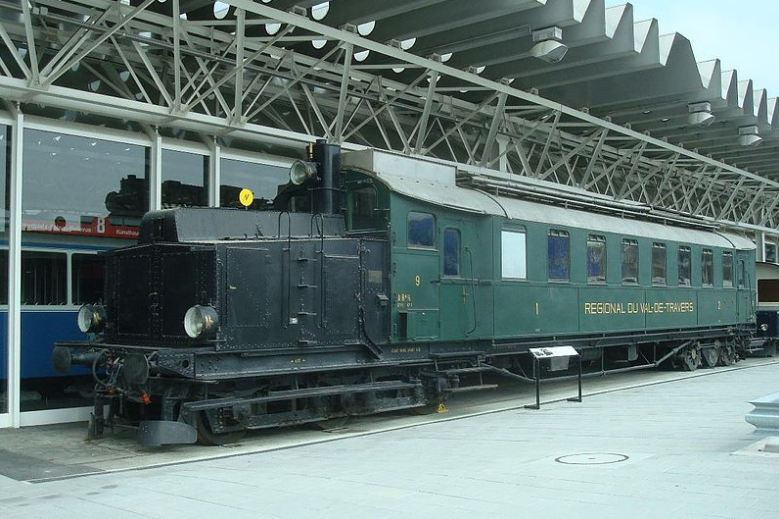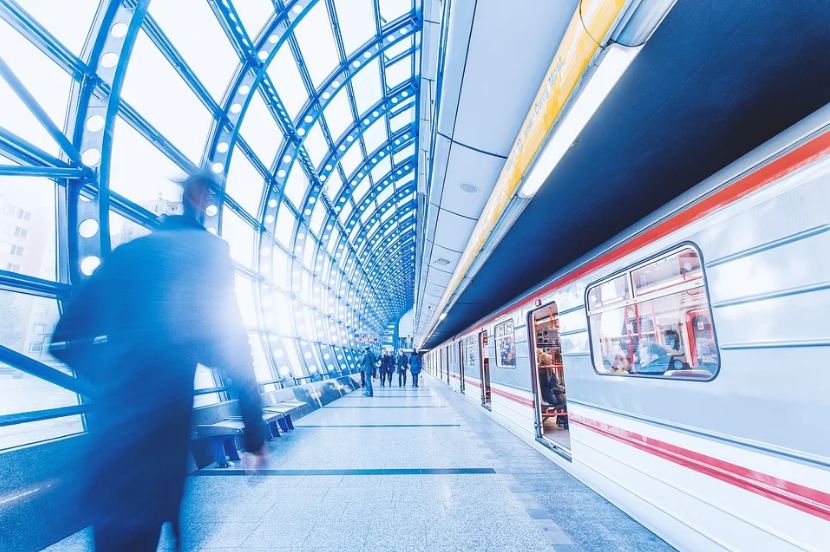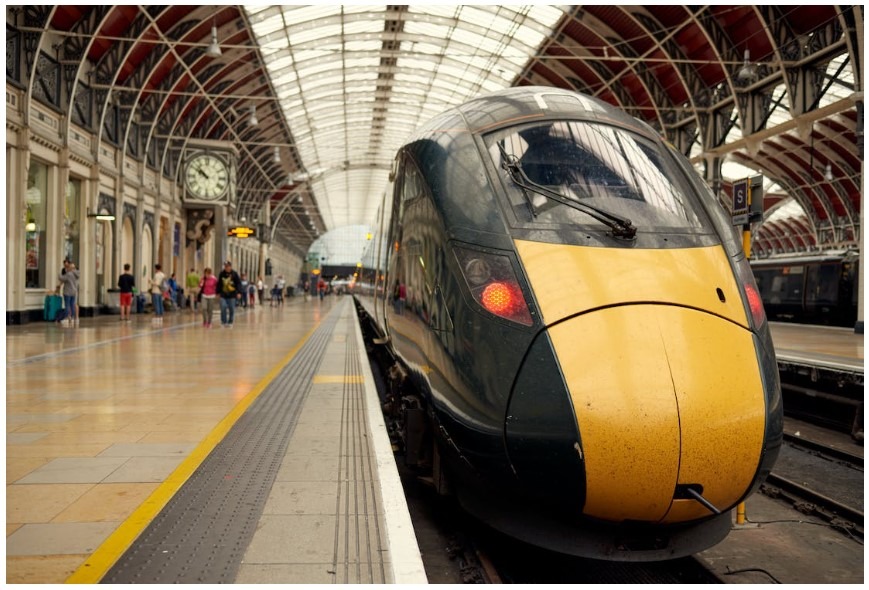The Benefits of Train Travel Over Flying: Sustainable and Comfortable Journeys
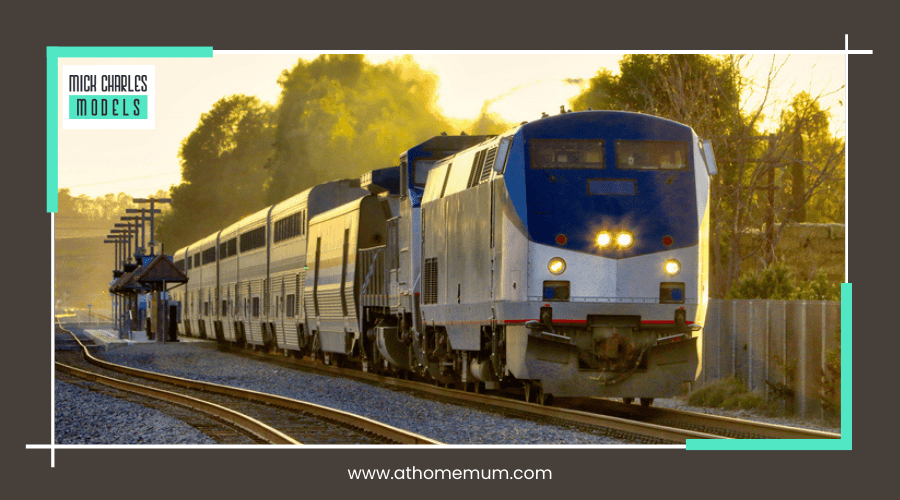
Choosing train travel over flying offers numerous advantages that might change the way you think about your next trip. For one, train journeys often provide more legroom and comfort, allowing passengers to stretch out and relax. Unlike the cramped seats and limited space on many airplanes, trains typically offer a more spacious and comfortable environment.
Train travel is also an eco-friendlier option. Trains consume less energy and produce fewer harmful pollutants compared to planes. This makes train journeys a more sustainable choice for those who are conscious of their carbon footprint. This eco-friendly aspect can be particularly appealing to travelers looking to minimize their environmental impact while exploring the world.
Another significant benefit is the ease of boarding. Train stations are usually located in city centers, unlike airports that are often miles away from urban cores. By avoiding long security lines and the hassle of check-ins, passengers can simply hop on the train and enjoy scenic views right from their seats. This convenience makes train travel not only more practical but also a more enjoyable part of the overall travel experience.
Environmental Impact of Train Travel
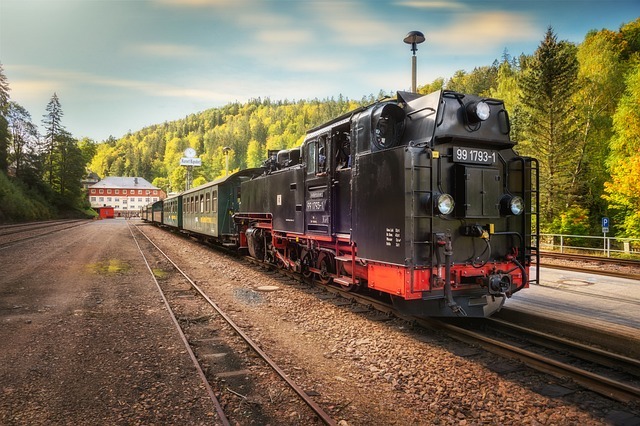
Train travel offers significant benefits for the environment by reducing carbon emissions and supporting sustainable travel practices. These advantages make it a more eco-friendly option compared to air travel.
Reduced Carbon Emissions
Trains typically produce far less CO2 per passenger than planes. For example, traveling from London to Madrid by train emits roughly 25-43 kg of CO2 per passenger. In contrast, the same route by plane produces around 118-119 kg of CO2. This difference is because trains are more energy-efficient, requiring much less fuel for operation.
Electrified trains provide even greater environmental benefits as they rely on cleaner energy sources. In regions like the Northeast Corridor of the United States, where electric trains dominate, the CO2 emissions are significantly lower. Using renewable energy to power these trains can further minimize their carbon footprint.
Contribution to Sustainable Travel
Train travel supports sustainable practices by consuming less energy. Planes use large amounts of fuel to take off and maintain flight. In comparison, trains require less energy to operate and can be powered by electricity. This makes trains an integral part of green travel initiatives.
Moreover, trains can often utilize existing infrastructure, reducing the need for new constructions that can disrupt ecosystems. With advancements in electric train technologies, the reliance on fossil fuels decreases. Overall, train travel aligns well with goals to reduce greenhouse gases and promote a more sustainable future.
Convenience Factors
Train travel presents several convenience benefits over flying. These include easier access to city centers, smoother check-ins, and fewer luggage issues. Each of these factors significantly enhances the overall travel experience.
Ease of Access to City Centers
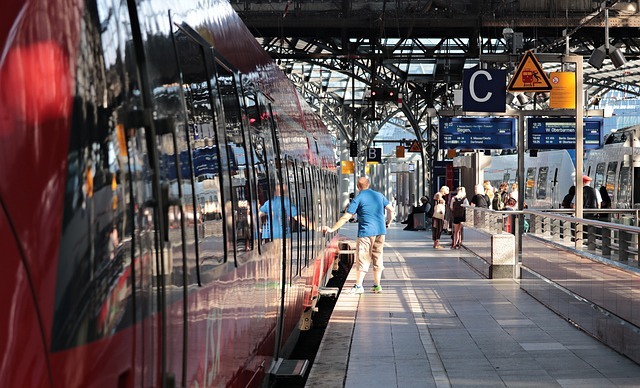
Train stations are often located in the heart of city centers. This makes it easy for travelers to get to their destinations without needing additional transport. For example, many European cities have central train stations, allowing quick and easy access to key locations.
In contrast, airports are usually situated on the outskirts of cities. This often requires a long taxi ride or public transport journey into the city center. These extra steps can add time and stress to travel plans. Using trains means arriving directly where you need to be, saving both time and effort.
Key Points:
- Central location of train stations.
- Reduced need for additional transport.
- Less travel time from station to final destination.
Hassle-Free Check-In and Boarding Process
Trains generally offer a simpler and faster check-in process compared to airports. Passengers can arrive at the station closer to departure time, often just 30 minutes prior. There are usually no long security lines or complex boarding procedures.
Airports, on the other hand, require travelers to check in at least two hours before departure. Security checks and boarding procedures at airports can be time-consuming and stressful, involving multiple lines and waits.
Additionally, train boarding procedures are generally straightforward. Passengers walk straight to their train and find their seat. This ease of process enhances the overall travel experience.
Advantages:
- Shorter check-in times for trains.
- Minimal security checks.
- Simple boarding procedures.
No Luggage Restrictions
Train travel allows more flexible luggage policies. Passengers can carry bigger bags without facing strict weight limits. This is especially useful for long trips or when carrying items that don’t meet airline size restrictions.
At airports, strict luggage policies are common. Travelers must often pay extra for checked bags and ensure their carry-on items comply with stringent size and weight constraints. This can make packing pricier and more stressful.
With trains, the relaxed luggage rules mean fewer worries about extra fees or leaving necessary items behind. This ease eliminates one of the significant stressors related to travel.
Benefits Include:
- More relaxed luggage policies.
- No strict size and weight limits.
- Reduced need for additional luggage fees.
Comfort and Amenities
Train travel offers notable comforts and amenities that make it a favorable option compared to flying. These benefits include spacious seating, quality onboard services, and the freedom to move around during the journey.
Spacious Seating and Legroom
Train seats are typically larger and offer more legroom than those on planes. Passengers can stretch out comfortably, which is especially important on long journeys.
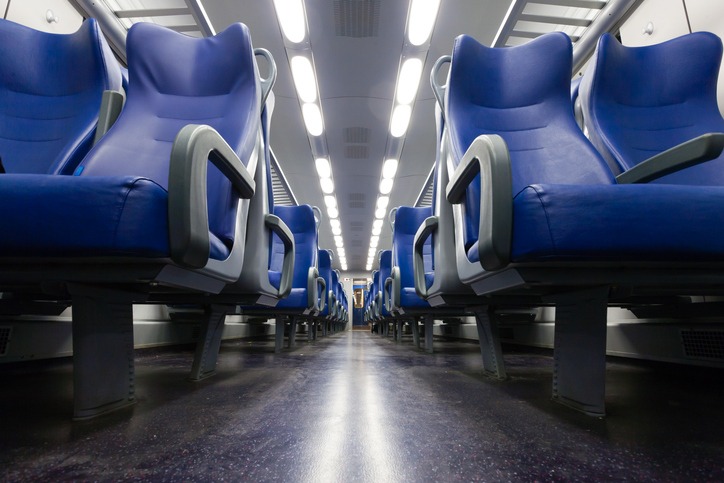
Seats often have more padding, making them more comfortable for extended periods. Reclining seats and adjustable headrests add to the comfort, allowing passengers to find a suitable position for rest or relaxation.
Onboard Services and Dining
Trains provide a variety of onboard services that enhance the travel experience. Dining cars offer a range of meals, from snacks to full-course options. Many trains include cafés and bars, where passengers can enjoy refreshments in a social setting.
Service quality tends to be higher on trains, with attentive staff available to assist with any needs. Comfortable lounges and quiet cars cater to different preferences, ensuring a pleasant trip for all.
Freedom to Move and Stroll Around
One of the standout features of train travel is the ability to move freely throughout the journey. Passengers can walk down aisles, visit the dining car, or simply stretch their legs, which is not possible on a plane.
This freedom reduces feelings of confinement and makes long trips more bearable. Wide aisles and vestibules provide ample space to move around, contributing to a more relaxed and enjoyable experience.
Travel Experience

Train travel offers unique advantages that enhance the overall journey. Travelers can enjoy beautiful landscapes and engage in various leisure activities to make the trip more enjoyable.
Scenic Views and Landscapes
Train rides often pass through stunning landscapes. Passengers can enjoy views of rolling hills, mountains, forests, and rivers.
Large windows on trains allow people to fully appreciate the scenery. Unlike airplanes, which fly high in the sky, trains travel at ground level. This gives a closer, more detailed look at the surroundings.
Photography enthusiasts will find plenty of opportunities to capture beautiful shots. Whether traveling through picturesque countryside or bustling cities, the view is always changing.
Opportunities for Leisure Activities
Trains provide more space and freedom compared to airplanes. Passengers can walk around, stretch, or find a quiet spot to read a good book.
Dining cars offer a pleasant place to eat and socialize. Families can bring snacks or have a small picnic at their seats.
Many trains have free Wi-Fi, allowing people to stay connected, stream shows, or work during the trip. This makes long journeys more comfortable and productive.
Several trains also feature quiet cars, which are perfect for those who need to focus or rest. This wide range of activities ensures a pleasurable travel experience.
Operational Advantages
Train travel offers distinct operational benefits that make it a superior choice for many. These include punctuality and a modern, well-maintained rail network.
Punctuality and Reliability
Trains are often more reliable than planes. Weather conditions affect planes more severely, causing delays and cancellations. Trains, especially those in Europe like the Eurostar, face fewer delays. This makes it easier to plan travel without unexpected interruptions.
Airports have long security and boarding times. Trains usually skip these long processes. Passengers can arrive minutes before departure. This saves time and reduces stress.
European train companies, such as Eurail, frequently publish punctuality statistics. These show high on-time rates. This further boosts travelers' confidence in trains' punctuality and reliability.
Modern and Well-Maintained Rail Network
The rail network in many places, particularly in Europe, is extensive and modern. Efficient systems like the Eurostar connect cities quickly. High-speed trains cut down travel time, making it a faster option for many routes.
Modern trains provide enhanced comfort and amenities. Wi-Fi, power outlets, and spacious seating are common. This contrasts with the often cramped conditions on planes.
Maintenance of rail infrastructure ensures smooth operations. Regular updates and stringent safety checks are crucial. These measures keep the network safe and reliable. The focus on modernizing trains and tracks guarantees an enhanced travel experience.
Comparative Analysis
Train travel offers several advantages over flying and other modes of transportation, such as cars and buses. It is often a more environmentally friendly and cost-effective option while providing a comfortable and scenic journey.
Train Travel vs. Air Travel
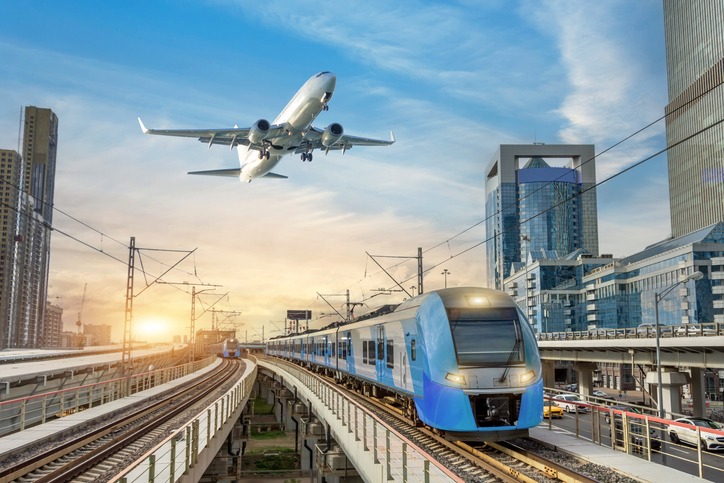
Flying often involves long security lines and airport wait times, which can be stressful. Train stations typically have simpler and quicker boarding processes. Turbulence can make flights uncomfortable, whereas trains provide smoother rides.
Trains also allow passengers more freedom to move around, with spacious seating and larger restrooms. They are usually more punctual, with fewer delays due to weather. Ticket prices for trains are generally more stable and can often be cheaper, especially for shorter distances.
Train Travel vs. Car and Bus Journeys
Traveling by car or bus can be less comfortable, especially on long trips. Traffic congestion and road conditions can cause unpredictable delays, which trains avoid by sticking to a dedicated track.
Trains also offer more amenities, such as dining cars and onboard Wi-Fi, enhancing the travel experience. Unlike buses, which may have frequent stops, trains provide a more direct route to the destination. Environmental impact is another consideration—trains produce significantly fewer emissions compared to cars and buses, making them a greener choice for eco-conscious travelers.
Economic and Social Factors
Traveling by train offers significant economic benefits and positive social impacts. In many cases, it is both cost-effective and promotes a more connected society. The following sections will discuss these advantages in more detail.
Cost-Effectiveness of Train Travel
Train travel can often be cheaper than flying, especially when considering additional costs such as baggage fees and transportation to and from airports. Train tickets in Europe are usually available at different price points, with discounts for early bookings and off-peak times.
Additionally, taking a train can save money on expensive airport parking and overnight stays at hotels near airports. For European rail travel, there are rail passes that offer extensive travel options, making it an economical choice for long-distance journeys.
On the social side, trains tend to foster a sense of community. Passengers can move around, mingle, and often enjoy better amenities such as dining cars and larger seats. This type of environment can make travel more pleasant and socially engaging compared to the restrictions of airplane cabins.
Travel Accessibility
Trains offer easy access for passengers with various needs and integrate seamlessly with other transportation methods, making travel convenient and flexible.
Train Travel for Different Passenger Needs

Train stations are often centrally located in cities, providing easy access for travelers. Unlike airports, which are usually on city outskirts, train stations are often close to public transport and local attractions. This reduces travel time to the station and makes it simpler for passengers to start their journey.
Trains can better accommodate passengers with different needs. For instance, people with disabilities often find train travel more accessible due to level boarding platforms, ramps, and accessible restrooms. Luggage allowances on trains are generally more generous, making it easier for families and long-term travelers.
Additionally, Amtrak and other train services offer various seating classes and services to cater to different budgets and comfort levels. This flexibility ensures that all passengers can find an option that suits them, whether they prioritize luxury, economy, or something in between.
Integration with Other Modes of Transportation
Trains integrate well with other forms of transportation, creating a seamless travel experience. Many train stations are hubs for buses, metros, taxis, and bike-sharing services, offering passengers multiple options to complete the last leg of their journey. This interconnectivity makes it easier for passengers to transfer from trains to local transport or vice-versa.
High-speed rail services often connect with major airports, providing a quick and efficient transfer option for passengers catching a flight. For example, several European cities have high-speed train services that link directly to their airports, reducing the need for long car rides or bus transfers.
In the United States, Amtrak’s partnerships with local transit services enhance this connectivity. This integration allows for smoother and more flexible travel plans, meeting the diverse needs of modern travelers.
Travel Practicality
Train travel offers several practical advantages that can make the journey smoother and more pleasant. Key benefits include the ability to work and stay connected during the trip, and fewer travel disruptions and stress compared to flying.
Facilitating Work and Connectivity
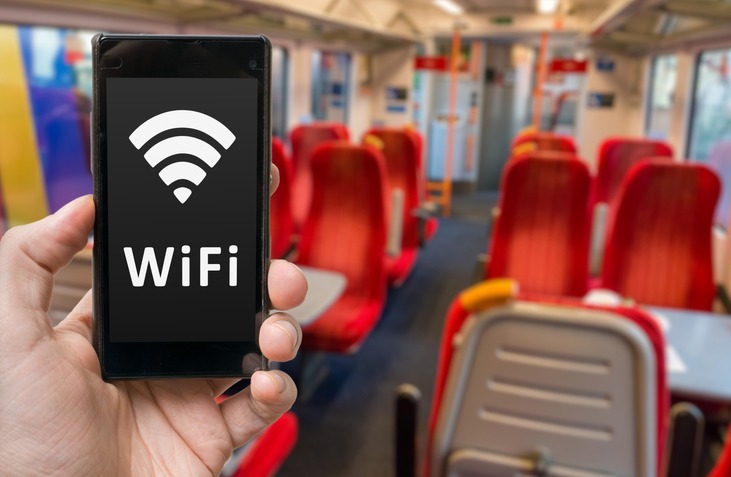
Trains frequently provide free Wi-Fi access, allowing passengers to stay connected. This connectivity means travelers can check emails, participate in virtual meetings, or stream entertainment.
Additionally, trains create a more productive environment. Passengers can use tables to set up their laptops and work comfortably. Unlike airplanes, there's no need to turn off electronic devices during take-off and landing.
Movement is easier too. Trains have spacious aisles, allowing passengers to move around freely. This can make long journeys more bearable, especially for those who need to stretch or walk occasionally.
Minimal Travel Disruptions and Stress
Train stations are typically located within city centers, making it easy to reach them using public transport or taxis. This reduces the need for long commutes to out-of-town airports.
Check-in processes for trains are much simpler. Passengers can arrive closer to departure time, avoiding the long lines and extensive security checks that characterize air travel.
Onboard, there are fewer restrictions. Passengers can keep their luggage close by, overhead, or under their seat. This ease of access to personal items like toiletries and electronics reduces stress about lost or mishandled luggage.
Lastly, train travel is less impacted by weather conditions, leading to fewer delays and cancellations. This reliability can significantly lessen travel-related stress for many passengers.


